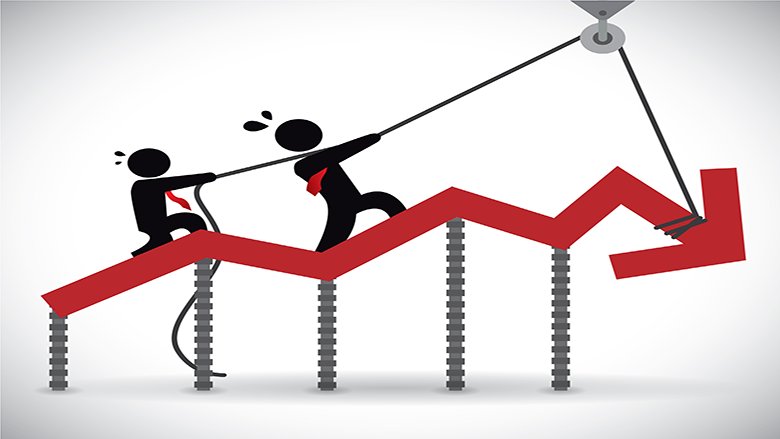Key Messages: China Economic Update – June 2022
- China’s economy is projected to slow in 2022. After a strong start in early 2022, the largest COVID-19 wave in two years has disrupted China’s growth normalization. We project real GDP growth to slow sharply to 4.3 percent in 2022 – 0.8 percentage points lower than projected in the December China Economic Update. This downward revision largely reflects the economic damage caused by Omicron outbreaks and the prolonged lockdowns in parts of China from March to May. Growth momentum is expected to rebound in the second half of 2022, helped by aggressive policy stimulus to mitigate the economic downturn.
- Risks to China’s growth are unevenly balanced and downside risks prevail. The reemergence of new, highly transmittable variants of COVID-19 could lead to more prolonged economic disruptions. As highlighted in the special topic of this edition of the China Economic Update, risks could also stem from persistent stress in the real estate sector with wider economy-wide consequences. China’s economy is also vulnerable to risks related to the global outlook. On the upside, if the pandemic is brought under control and domestic restrictions are fully lifted, full year growth could be higher than currently projected, thanks to the recently announced additional stimulus measures.
- In the short term, China faces the dual challenge of balancing COVID-19 mitigation with supporting economic growth. The government has stepped up macroeconomic policy easing with large public spending, tax rebates, policy rate cuts, and a more dovish stance on the property sector. While China has the macroeconomic space to counter the growth slowdown, the dilemma facing decision-makers is how to make the policy stimulus effective, as long as mobility restrictions persist. Recurrent COVID-19 outbreaks are adding to economic uncertainty, weighing on private investment and consumption and reducing the effectiveness of policy measures.
- There is a danger that China remains tied to the old playbook of boosting growth through debt-financed infrastructure and real estate investment. Such a growth model is ultimately unsustainable and the indebtedness of many corporates and local governments is already too high. Instead, policymakers could shift more of the stimulus onto the balance sheet of the central government and direct public investment towards the greening of public infrastructure. Fiscal support could also target measures to encourage consumption directly, for example, through the wider use of consumption vouchers. This could lift consumer spending in the short term in locations where COVID-related restrictions have been lifted. Decisive action to encourage a shift toward consumption, tackle social inequality, and rekindle innovation and productivity growth—including in technologies vital for China’s dual carbon goals—would help achieve a more balanced, inclusive, and sustainable growth trajectory for China.
